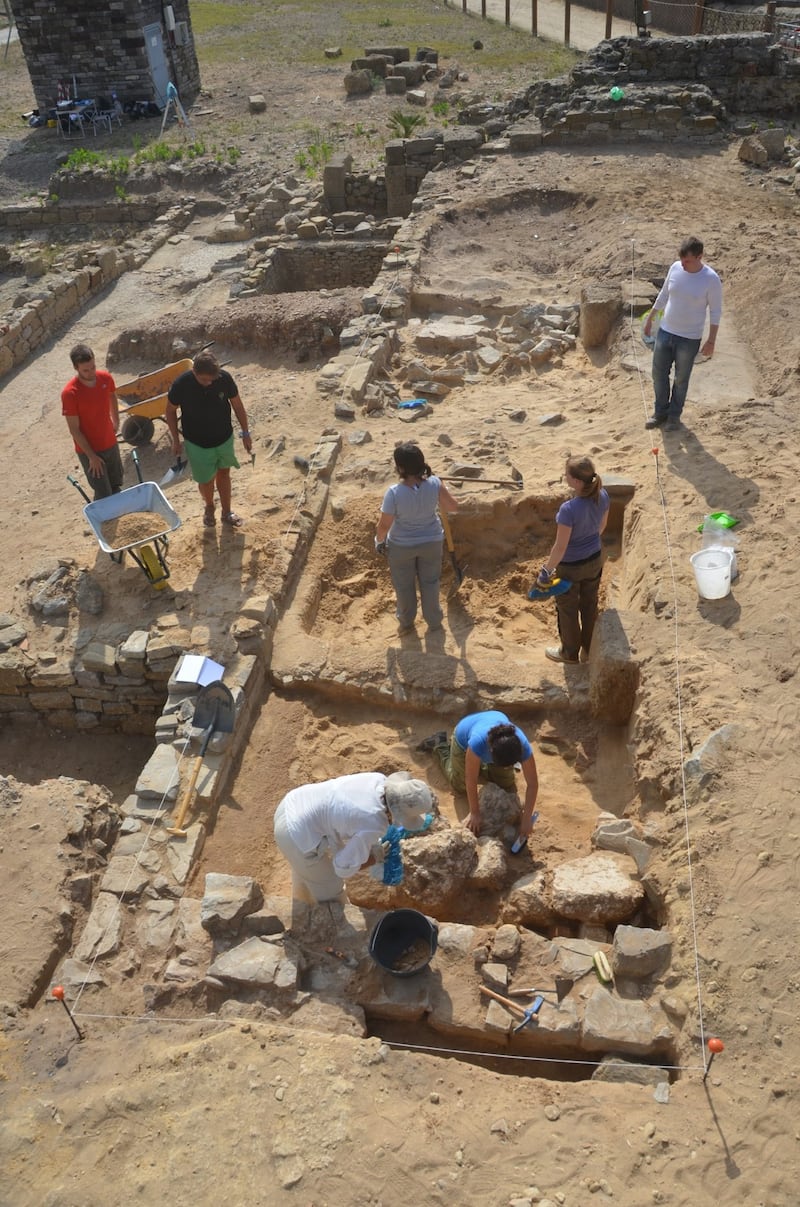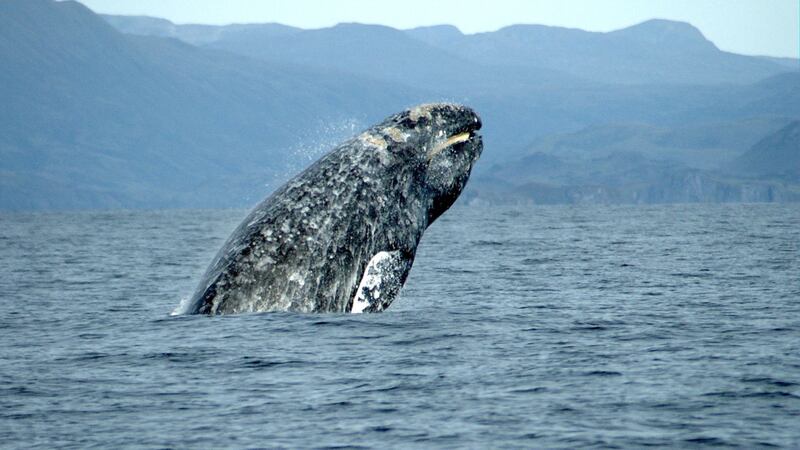A forgotten Roman whaling industry may have killed off two large species of whale in the Mediterranean Sea, new research suggests.
Whale bones found in the ruins of a Roman fish processing factory in the Strait of Gibraltar were identified by scientists using advanced DNA analysis and molecular fingerprinting techniques.
They belonged to two whale species that are no longer found anywhere near the Mediterranean.

Both the North Atlantic right whale and Atlantic gray whale have suffered badly at the hands of whalers over the centuries.
Today the North Atlantic right whale is listed as endangered and confined to a population off the east coast of North America.
The Atlantic gray whale has vanished from the Atlantic ocean and is now restricted to the North Pacific.
But 2,000 years ago both species regularly migrated to the Mediterranean to give birth, experts believe.
Dr Camillar Speller, from the University of York, said: “Whales are often neglected in archaeological studies because their bones are frequently too fragmented to be identifiable by their shape.
“Our study shows that these two species were once part of the Mediterranean marine ecosystem and probably used the sheltered basin as a calving ground.
“The findings contribute to the debate on whether, alongside catching large fish such as tuna, the Romans had a form of whaling industry.”

During Roman times the Gibraltar region was the centre of a massive fish-processing industry that exported products across the Roman empire.
The new study focused on an ancient processing factory in the Roman city of Baelo Claudia, near Tarifa on the coast of southern Spain. It was one of hundreds of similar plants where large salting tanks survive to this day.

Lead author Dr Ana Rodrigues, from the French National Centre for Scientific Research, said: “Romans did not have the necessary technology to capture the types of large whales currently found in the Mediterranean, which are high-seas species.
“But right and gray whales and their calves would have come very close to shore, making them tempting targets for local fishermen.
“It seems incredible that we could have lost and then forgotten two large whale species in a region as well-studied as the Mediterranean. It makes you wonder what else we have forgotten.”
Both species could have been hunted using small rowing boats and hand harpoons, methods used by medieval Basque whalers centuries later, said the researchers.
The findings, reported in the journal Proceedings of the Royal Society B, help explain a first-century description by the Roman naturalist Pliny the Elder that has long puzzled academics.
He wrote of killer whales attacking other whales and their new-born calves in the Bay of Cadiz, Spain.
Study co-author Dr Anne Charpentier, from the University of Montpellier in France, said: “It doesn’t match anything that can be seen there today, but fits perfectly with the ecology if right and gray whales used to be present.”







